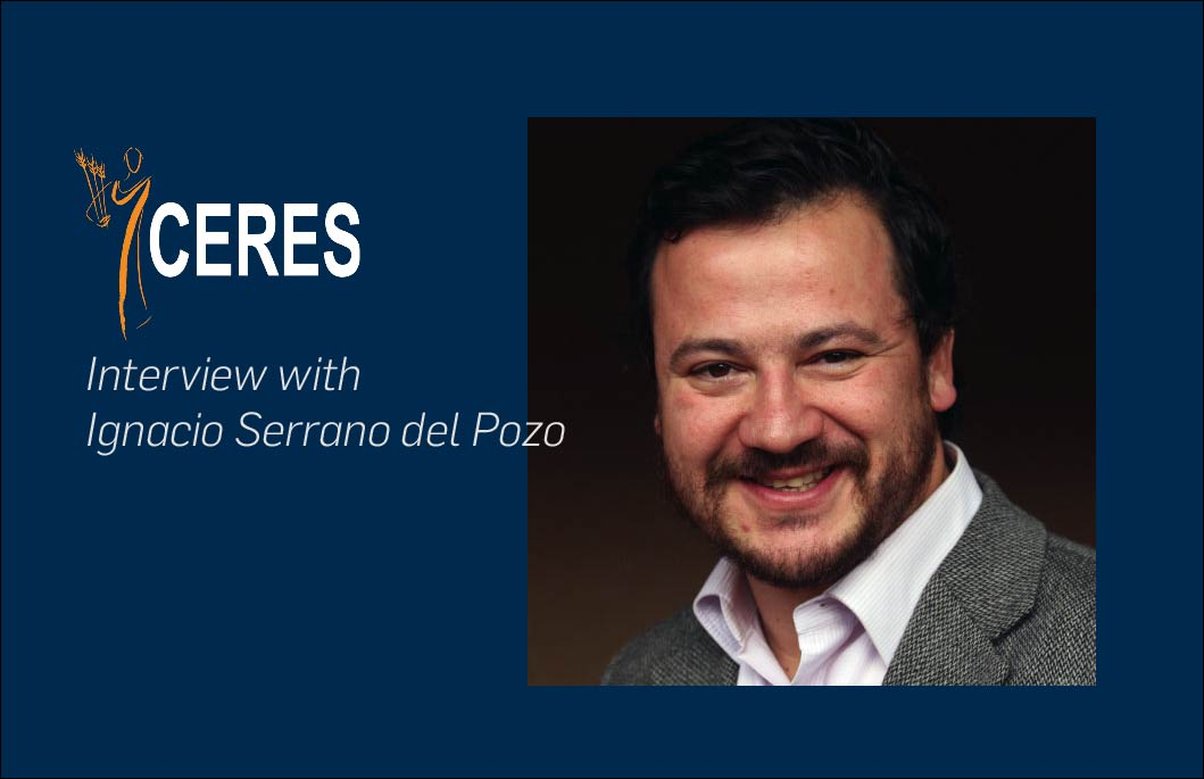
Interview with Ignacio Serrano del Pozo: Re-understanding the "culture of abuse“ through the idea of “atmosphere”
Prof. Ignacio Serrano del Pozo, please tell us a bit about yourself, your research interests and your current project?
My background is in classical philosophy, mainly Aristotle and Thomas Aquinas. After doing a PhD in Philosophy at the University of Navarra, I focused on issues about moral education and character formation. In 2013 I did a postdoc in Edinburgh on the Scottish thinker Alasdair MacIntyre. His vision of the history of morality led me to questions of the sociology of religion, especially Max Weber and his theory of secularization. On the other hand, and for personal reasons, I have been interested in the problem of the abuse crisis within the Catholic Church. Usually this is a topic that is studied from the psychology of sexual abuse or the theology of power, but it has been paid little attention to the socio-religious elements of spiritual abuse. For me was very important to have on adequate theoretical framework to understand spiritual abuse, beyond the typical theories about controlling leadership or clericalism as main factor of perversion of power. Thus, I came to the idea of "atmosphere" or "space of emotions" developed by authors such as Hermán Schmitz, Tonino Griffero and Martin Radermacher. The category of atmosphere, and the power of atmospheres, seemed to me an excellent framework to explain the pressure or the power that can be exerted by a toxic or contaminated environment that encircles the victim and perpetrator, and that promotes and consolidates abuse.
Why did you choose CERES as host for your research stay?
Being in Chile, where I live, I discovered a very stimulating paper by Professor Martin Radermacher on the category of Atmosphere and its potential in religious studies beyond the metaphor: “Religion und Atmosphäre: Überlegungen zum Potenzial sozial-räumlicher Arrangements in religiösen Situationen” (2020). Afterwards, I read another of his works, this one on the charismatic power that objects have, which helped me to understand the subjugating force that a narrative of salvation can exert within a religious community, or the authority that a devotional prayer can have: “From 'Fetish' to 'Aura': The Charisma of Objects?” (2019). Googling Professor Radermacher's affiliation led me to CERES (Centrum für Religionswissenschaftliche Studien), where I discovered a sociological approach capable of complementing my previous normative-philosophical training.
What are you taking back home - in terms of data/sources or new ideas and perspectives?
In addition to the experience of visiting a region such as North Rhine-Westphalia, and of living a cultural exchange in a city like Bochum with my family, enjoying its Planetarium, Museum, Stadium, and parks, I have learned very helpful qualitative methodologies to work with linguistic or iconic data. One is Ulrich Oevermann’s Objective Hermeneutics (HO), an approach that has not been explored in Latin America and that allows a rigorous analysis of images and discourses. The other is Bruno Latour’s Actor-Network Theory (ANT), an approach that permits to explain a situation such as abuse, not only taking into accounts the human figure of the abuser and the abused, but rather a complex combination of different factors. These methodologies have allowed me to focus on the non-human actors involved in this problematic situation, and to describe the weight that a certain ritual or the authority of a venerated symbol has.
Thank you very much for that interview, Prof. del Pozo! Hope to see you soon at CERES!

